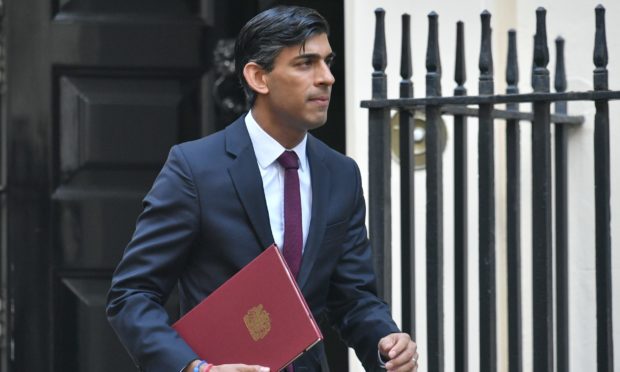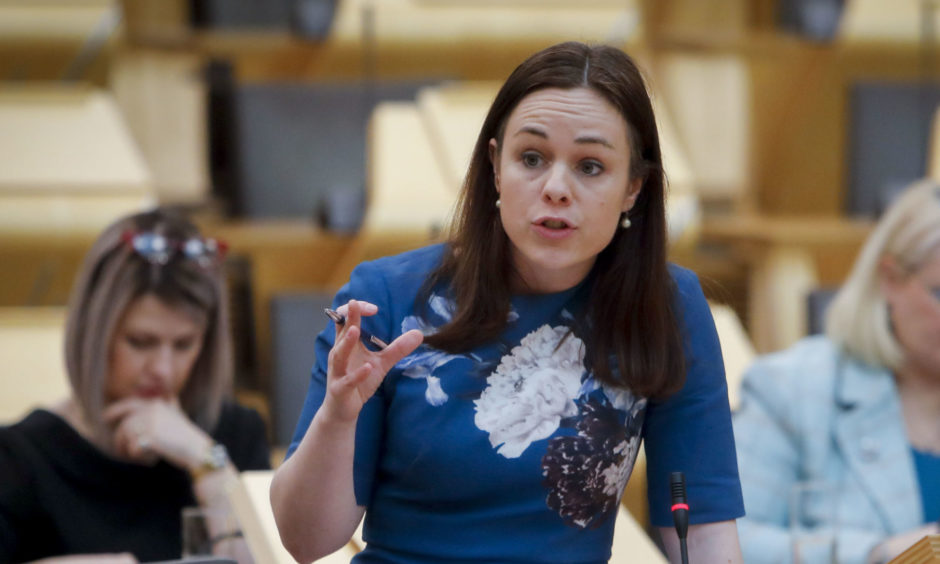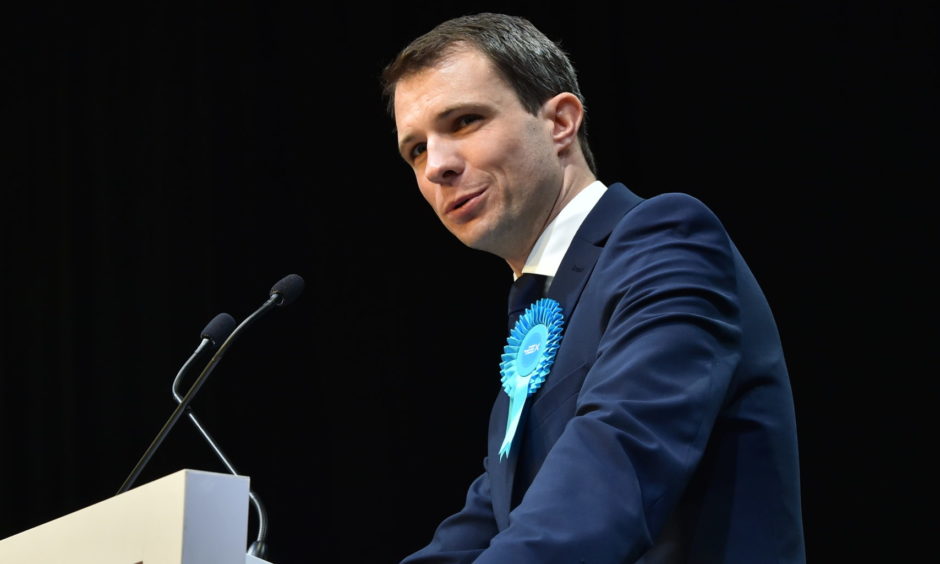Rishi Sunak has announced a new multibillion-pound scheme to subsidise workers’ wages through a second round of Covid restrictions, but many fear the measures are not enough to avoid mass redundancies this winter.
The Chancellor said under his job support scheme, which will replace furlough support, will mean workers in “viable” jobs will have three quarters of their normal salaries paid for six months from November 1.
At a press conference on Thursday afternoon, Mr Sunak declined to comment on what defines a job as “viable”, saying: “It is not for me to sit here and make pronouncements on every individual job.
“What I want to be able to do is to provide as much support as possible given the constraints we operate in. We obviously can’t sustain the same level of things that we were doing at the beginning of this crisis.”
Productive meeting and pleased to have support for our Winter Economy Plan from @cbicarolyn of @CBItweets and @FrancesOGrady of @The_TUC ahead of my statement to the House of Commons shortly. pic.twitter.com/vXZEjhRgeI
— Rishi Sunak (@RishiSunak) September 24, 2020
Mr Sunak’s move mimics the German Kurzarbeit scheme that provides a government contribution to the wages of employees facing short-time working in companies where business is slow.
British workers will need to work at least a third of their normal hours to qualify and their employer will need to pay normal wages for those hours.
As for the remaining two-thirds of a worker’s pay, the government will be paying 22%, capped at a maximum of £697 a month, and the employer will pay 55%.
The Institute for Fiscal Studies think tank said the new plan was “significantly less generous” than the furlough system it replaces.
The IFS also suggested that the end of the furlough scheme will translate into “sharply rising unemployment” as jobs which relied on the state funding will cease to exist.
Scottish Finance Secretary Kate Forbes said the wage subsidy scheme “does not go far enough”, adding: “With only five weeks to go until the end of the furlough scheme, businesses have already taken difficult decisions and now need greater certainty and more time to plan.
“Our analysis suggested 61,000 jobs would be saved if the furlough scheme was extended, and it appears that from the detail this scheme will not provide the support that was hoped for.”
The Chancellor’s package of support, dubbed “the winter economy plan”, also includes a 15% VAT cut for the hospitality sector and more loans for struggling businesses.
Firms that have taken out loans will be able to use a new “pay to grow” flexible repayment system, meaning cash can be repaid over 10 years instead of the original six-year term.
Mr Sunak warned he “cannot save every job” and “cannot save every business”, but promised his schemes would keep the economy going “through the difficult winter months”.
He also defended bringing the furlough scheme, which has protected almost a million jobs in Scotland, to an end – arguing it would be “fundamentally wrong to hold people in jobs that only exist inside the furlough”.
“We need to create new opportunities and allow the economy to move forward,” he said.
Mr Sunak added: “The resurgence of the virus, and the measures we need to take in response, pose a threat to our fragile economic recovery.
“Our approach to the next phase of support must be different to that which came before.
“The primary goal of our economic policy remains unchanged – to support people’s jobs – but the way we achieve that must evolve.”
Shadow chancellor Anneliese Dodds said the delay in the introduction of the support scheme will have impacted the confidence of businesses.
Responding to Mr Sunak’s statement in the Commons, she said: “I’ve called for the introduction of a system of targeted wage support 40 times. That call has been rebuffed by this government 20 times. It’s a relief this government have U-turned now.
“But we must be open and honest. That delay in introducing this new scheme will have impacted on businesses’ confidence.”
SNP Treasury spokeswoman Alison Thewliss agreed with Ms Dodds, saying: “He is coming very late in the day to do this, and it is of little comfort to those who have already lost their jobs due to the impending ending of the furlough scheme.”
The package has been broadly welcomed by MPs and those in the business community, however.
North-east MP Andrew Bowie said the measures “delivered for Scotland”, adding: “There will be more jobs support for employees and the self-employed, which helps keep people in viable jobs for a longer term, rather than just waiting for redundancy. The status quo of furlough was not an option.”
Scottish Tory leader Douglas Ross said: “The level of support that Scotland has received from Rishi Sunak throughout this pandemic has been immense.
“He started by saving nearly a million Scottish jobs through the UK Government furlough scheme and has followed it up with a jobs-first winter economy plan to protect wages and livelihoods. This is the decisive action we needed.”
And both the CBI and the TUC welcomed the new scheme. Frances O’Grady, the general secretary of the TUC, hailed it as a “significant step forward”.
She said: “Unions have been pushing hard for continued jobs support for working people.
“We are pleased the chancellor has listened and done the right thing. This scheme will provide a lifeline for many firms with a viable future beyond the pandemic.”


